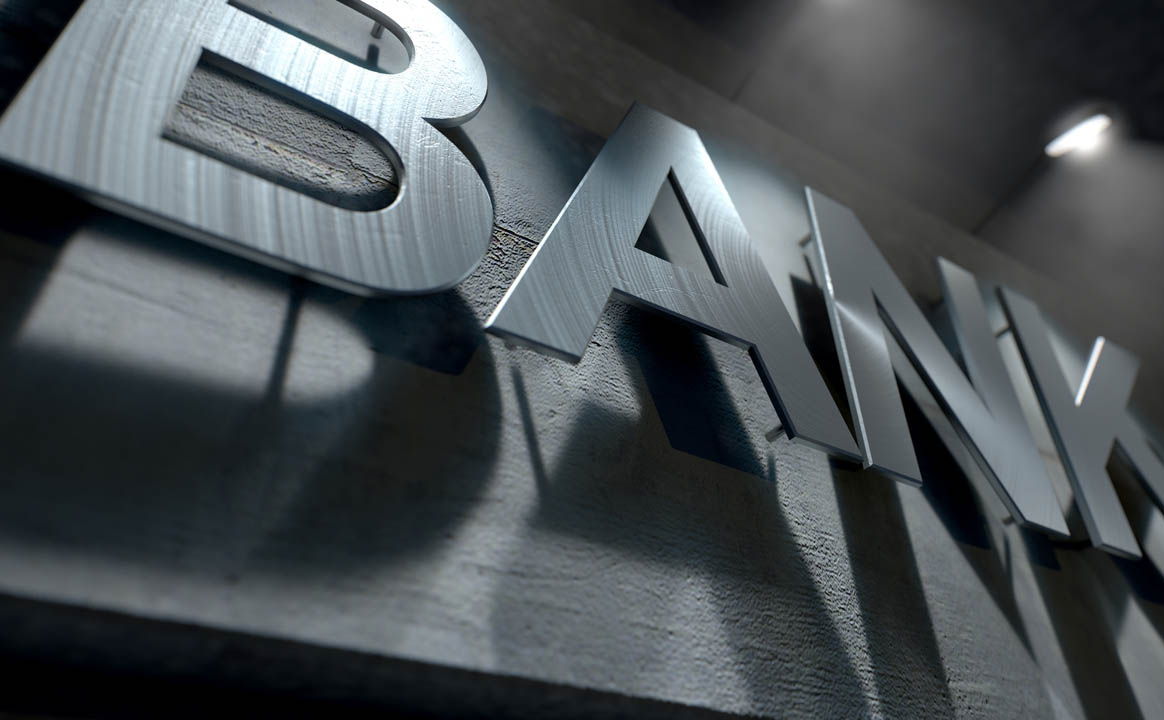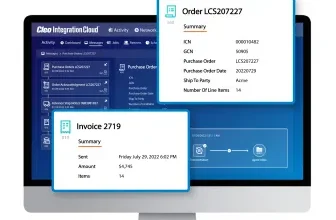An important component of the sign shop-client relationship is making sure that the sign they have requested from you will be allowed on the property where it will be installed. This means the need for a permit (which can bring its own sets of challenges) is added to the design, build, and installation processes.
To successfully manage and execute a project, a sign shop must take on the permit process. The reality is that many of your clients will have no idea where to even begin. Chances are great that they are not going to have any familiarity with the different types of permits and allowances, as well as the proper steps to follow, the types of drawings to produce, and so on.
Many clients may even tell you that they want you to install a sign without a permit or that they’ll handle this themselves. Do not listen to them!
The inability to properly follow through with this part of the sign project could result in delays, removal requests, or even fines. Those are major reasons why it’s best that sign shops take on this task.
Applying for the permit
The typical permit process involves first filling out an application with the zoning department of the township, city, or county, then applying with the building department. Keep in mind that the building department could be in a different municipality than the zoning department.
If any signs or graphics are going to involve illumination, there might be a need for an electrical permit with the municipality as well. Sometimes, if we’re just going to be hooking into an already-existing electrical, an inspection is all that’s required.
Site preparations
My Signarama store is in Lawrenceburg, Indiana, and we have over 35 years of experience offering channel letters, window graphics, wayfinding, monument/pylon signs, vinyl banners, and more across the tri-state area of southeastern Indiana, Kentucky, and Ohio.
Before we begin any design process, we always first research the property and contact all the municipalities associated with the address where the sign is going to be installed. We find out all the municipality allowance information upfront, such as the types of signage allowed, sizes, locations, etc. Restrictions about the size of a sign, its placement, and materials used for it can also be set by the property owner. A landlord can also regulate the type of signage a tenant is allowed to have.
Doing this step from the start ensures that whatever sign design idea we propose to the client won’t be rejected later. We also make certain the customer is aware upfront of all these requirements and what we can and cannot do.
Designs
Once this is finished, our design team then creates a site plan with drawings. These drawings show the property owner’s info, the sign’s location, sizes, mounting/installation details, tenant space/building width, and lot frontage.
A new permitting trend I’ve noticed in our surrounding area has been municipalities now requiring engineer stamped drawings for something even as simple as channel letters — with details all the way down to the snow load requirements. These weren’t such a standard requirement for most signs until the last year or two.
Safety first
Sometimes a municipality requires the contractor (in this case, us) to have a business license or a sign erector license to meet safety standards. They might also require crane certification. If so, we’ll simply apply for it. Obtaining any necessary licenses helps us avoid any delays during the permit process. Another thing we’ve noticed is that some of our clients are even requiring on-site safety training before we are allowed to install any signs or graphics on the property.
More than meets the eye
There can be additional hurdles or clearances to tackle when applying for a permit within a municipality. Each community has its own restrictions or ordinances as well as what might also be required for a permit.
Our local municipality is Dearborn County, which includes the city of Aurora’s historic district. In addition to zoning and building permits, they also require a certificate of appropriateness. This means that we must obtain permission from the local historic preservation commission that any signs or graphics are compatible and consistent with their existing preservation ordinance before going forward with any proposed work in the area.
A municipality might also place restrictions on brightness, illumination color, or illumination duration. They can even have made updates on this since you last did work in the area. Keep in mind that municipalities aren’t going to send out updates about any of their ordinance and allowance changes to you. We always call to find out if any revisions have been implemented. One rule in our area is that any illuminated sign or lighting device shall employ only light that emits lumination of constant intensity and that no sign shall be illuminated or contain flashing, intermittent, rotating, or moving lights.
The municipality goes on to state that, in no event, shall an illuminated sign or lighting device be placed or directed so as to directly beam upon a public road, highway, street, sidewalk, or other vehicular or pedestrian system or adjacent premises and cause glare or reflection that may constitute a traffic hazard or nuisance.
The permit is yours
If you fully understand municipality allowances and make sure you meet all the requirements needed, you should be able to obtain the sign permit.
Once the sign shop/contractor has completed all the required steps and received permit approval, any penalties for non-compliance with signage and printing regulations then fall back on the tenant/property owner.




